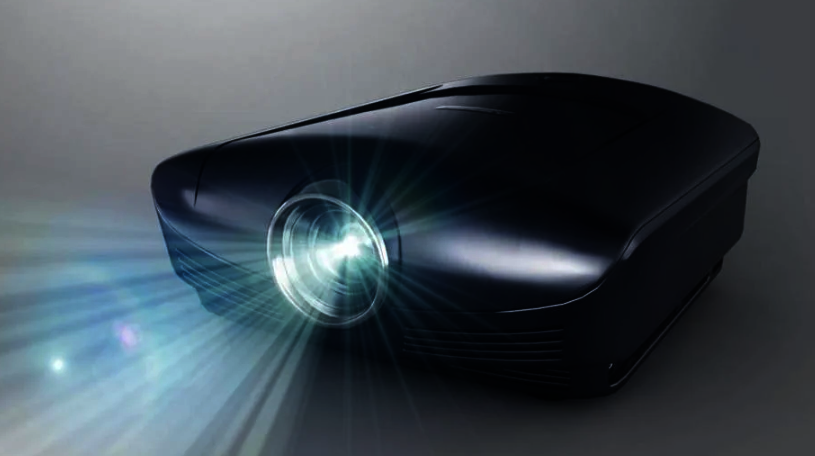If you live in the European Union and happen to own a traditional lamp-based projector, now might be a good time to stock up on those replaceable bulbs, as a new directive coming into force soon will make them much harder to come by.

The amendment to EU regulation 2023/2049 will come into force on January 1, 2026, and will prohibit the sale and manufacture of products that contain mercury, which is a key element used in those projector bulbs.
The new law is supposedly targeted at light bulbs used in commercial and residential settings, but the Ultra-High Performance lamps (UHP) that power projectors are an unintended victim of the regulation. Once the law comes into effect, UHP lamp-based projectors will stop being offered for sale throughout the EU, and those who own such a device will no longer be able to buy a replacement bulb anywhere on the continent, FlatPanels HD reported.
These restrictions won’t matter to many consumers who have purchased a newer projector that uses a laser or LED-based light source. The industry has been transitioning to these newer technologies for a while, as they provide significant advantages over traditional UHP bulbs, including a 20,000+ hour lifespace. On the other hand, UHP bulbs generally only last for between 2,000 to 4,000 hours before their performance starts to degrade.
Although many people consider laser and LED projectors to be superior, a number of big name projector brands still continue to push out new lamp-based models. That’s because UHP lamps can deliver very high brightness at a more affordable price than laser and LED. It’s due to this that UHP projectors are still widely used in commercial and educational settings. However, most higher-end home cinema models have shifted to laser-based light sources, which are also widely used in the best ultra-short throw models.
UHP bulb-based projectors will not be prohibited elsewhere in the world, but experts say that the EU’s regulations likely signal a death knell for the technology, as the market for those models will shrink significantly. As such, projector manufacturers such as BenQ, JVC and Sony may simply decide to quit using the technology. The bulb manufacturers may also decide to stop making the products.
The EU ban comes in the wake of a growing push by environmentalist groups and advocates to introduce a global ban on all products that use mercury, including projector bulbs and also things like fluorescent lighting. The EU has traditionally always been something of a trend-setter in terms of green regulations, but it isn’t alone in this regard, as the U.S. states of California and Vermont have also enacted bans on compact fluorescent lights, or CFLs. Various other states are also considering implementing bans on those products, which can be a health hazard if they’re not properly disposed of. The concern is that most broken fluorescent lamps end up in landfills, where they can cause environmental damage.
The prognosis for home theater projectors made before 2020 therefore doesn’t look good. Prior to that year, the vast majority of those devices used UHP lamps, and as the replacement bulbs become inaccessible it means a lot of those models will likely end up in landfills too. While this may frustrate those who own such a projector, it should prove to be a boon for projector manufacturers, as the regulation will likely lead to many older models being replaced.
The elimination of hazardous substances like mercury from consumer products is great from the perspective of public and environmental health, but individuals who own, and appreciate their older projectors may want to stock up on the bulbs to ensure they can keep on using them.